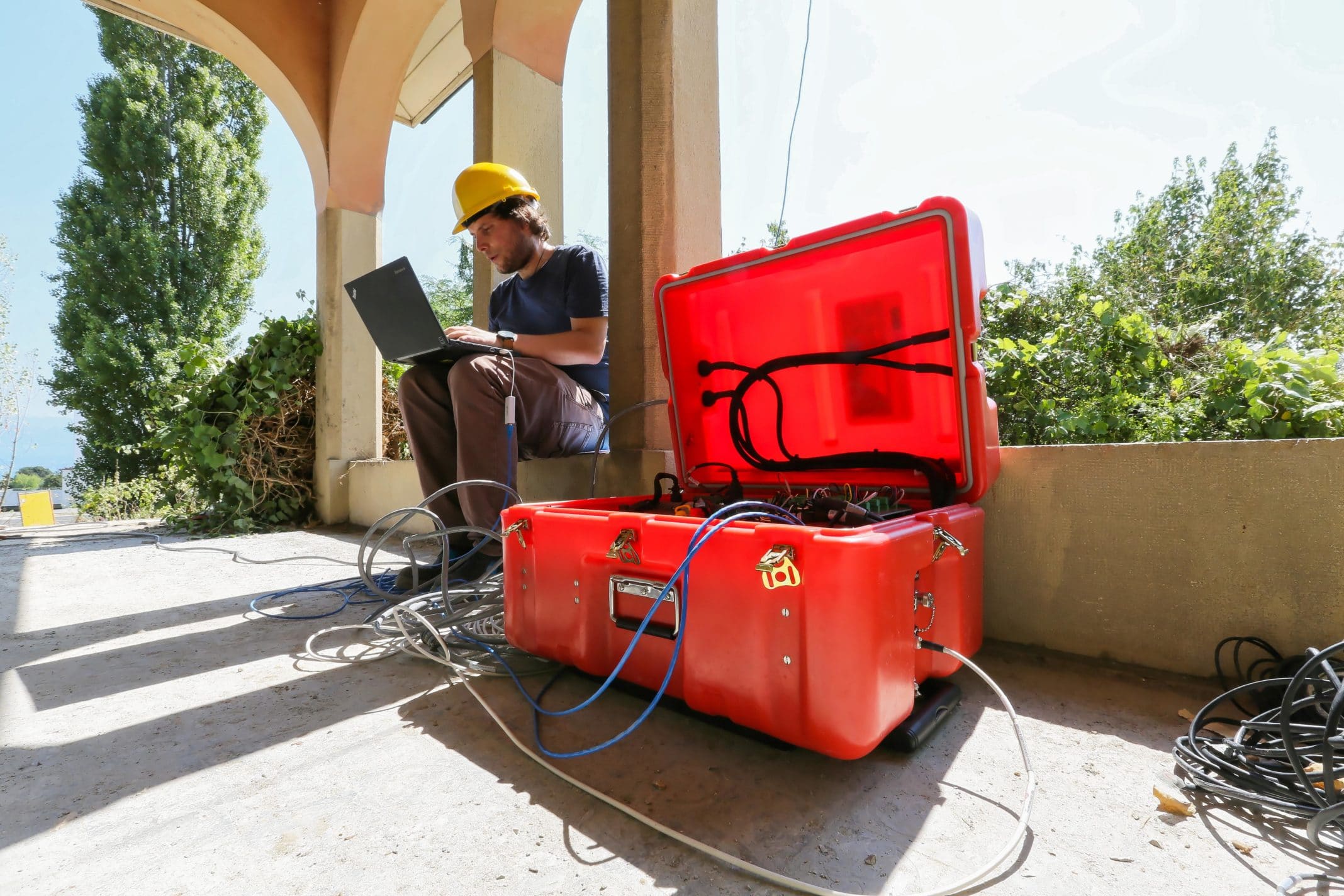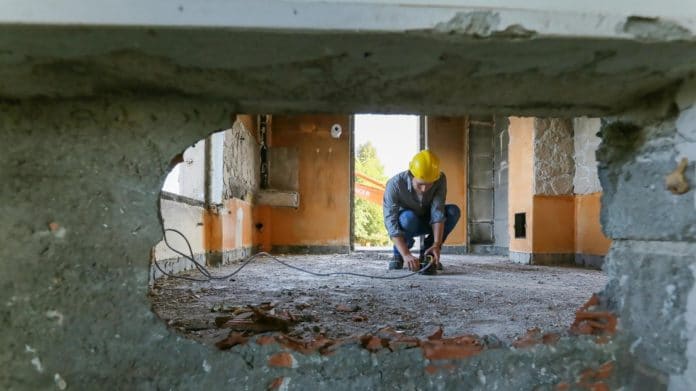Civil engineers usually face difficulties while deciding when it’s safe for a building’s residents to move back in after an earthquake. They have to evaluate whether the building could collapse, but also whether it could withstand aftershocks of the same magnitude.
Now, EPFL scientists have come up with a method to increase the accuracy of these types of assessments. Originally, the method is based on measuring the building’s ambient vibrations and can be used to enhance existing methods and speed the process of determining which structures are too fragile to live in.
Pierino Lestuzzi, a senior scientist at IMAC said, “Our article shows that we can leverage existing technology in new ways. We took systems that are already used to measure the condition of bridges, and applied them to the assessment of buildings damaged by an earthquake.”

“The other novel aspect of our method is that we don’t need to know the baseline – that is, pre-earthquake – a condition of a building to perform the assessment.”
“That’s important because buildings generally aren’t equipped with sensors that continually measure their structural behavior. After an earthquake, engineers have to diagnose a building’s condition much like a doctor who has to diagnose a patient without knowing the patient’s medical history.”
With the new strategy, engineers record a building’s ambient vibrations, (for example, those made by wind or by human action, similar to street traffic) with a compact seismograph; this includes putting three or four sensors at various focuses in the building and estimating the vibrations for 30 minutes – much like a specialist tunes in to a patient’s pulse with a stethoscope.
The accounts are then handled to separate out signs coming about because of changes in the building’s structure from signs because of climate conditions, ambient noise or the building’s age. The outcomes are gone into a PC display so as to foresee the building’s capacity to withstand another quake.
The IMAC researchers gauge that their model’s expectations are 50– 100% precise. Designers would then be able to consolidate these quantitative information with the consequences of their visual evaluation.
Reuland, a post-doc researcher at IMAC said, “Combining these two approaches reduces the amount of uncertainty as to whether a building can be occupied. But our model needs to be developed further before it can be adopted on a large scale.”
According to Lestuzzi, the IMAC method could already be used to evaluate buildings on the outer rim of earthquake-affected areas, so that residents can quickly know when it’s safe to return to their homes.
The IMAC scientists performed their research by studying the demolition of the Villa Marguerite building on the EPFL campus and analyzing the results of experiments carried out by EPFL’s Earthquake Engineering and Structural Dynamics Laboratory (EESD), headed by Katrin Beyer, on a pilot building constructed on a shake table.
The study appears in the January issue of Soil Dynamics and Earthquake Engineering.
